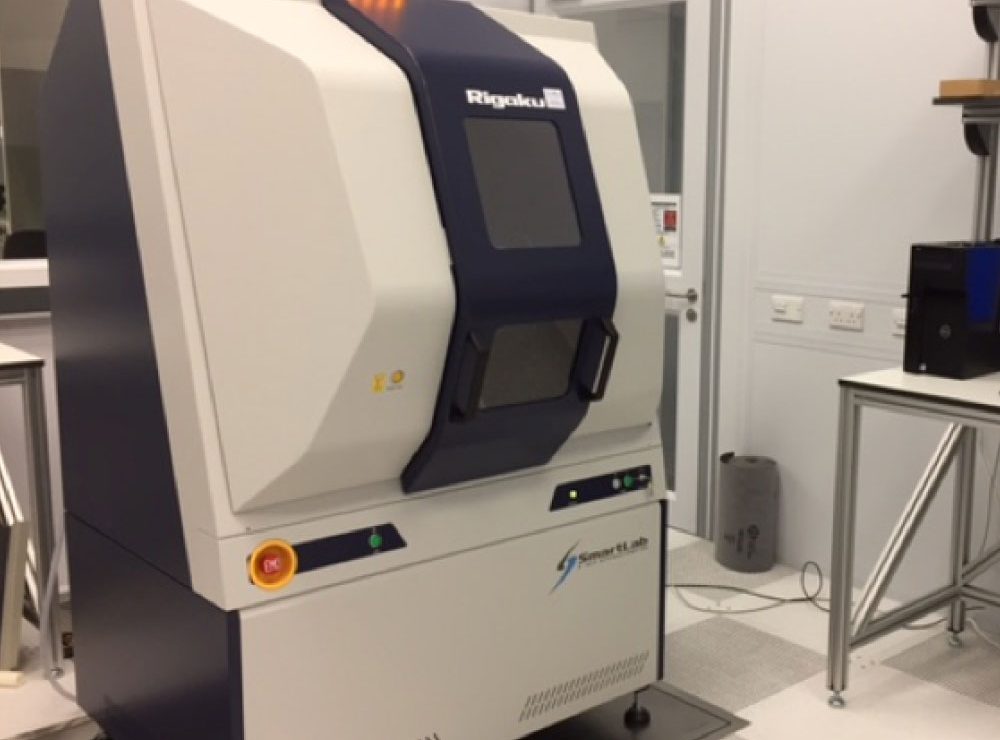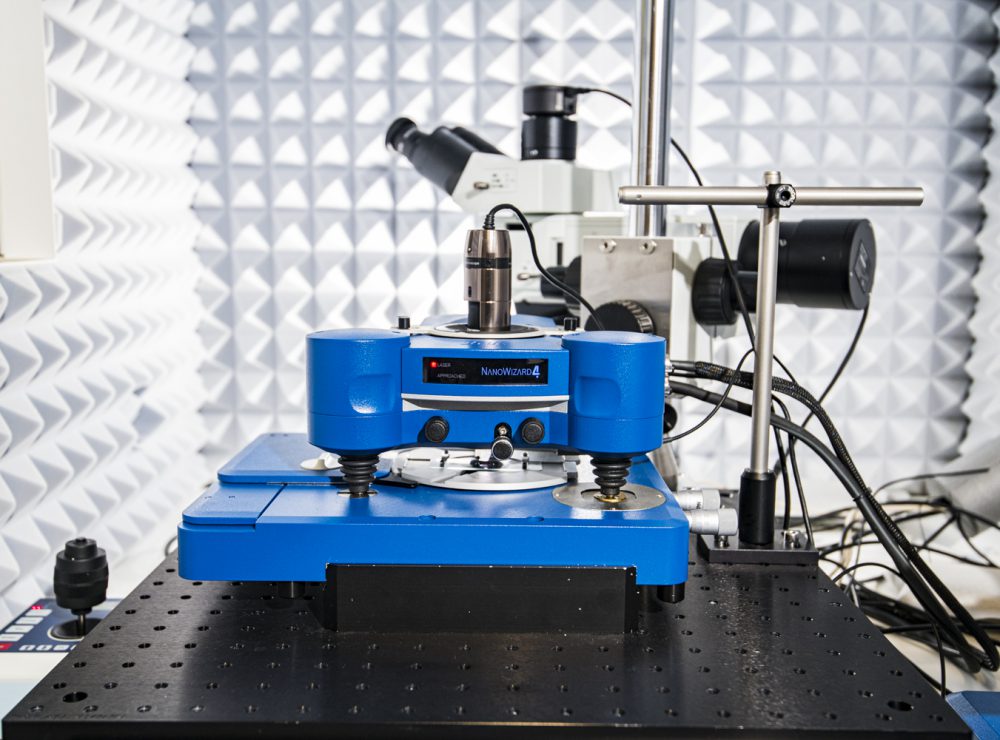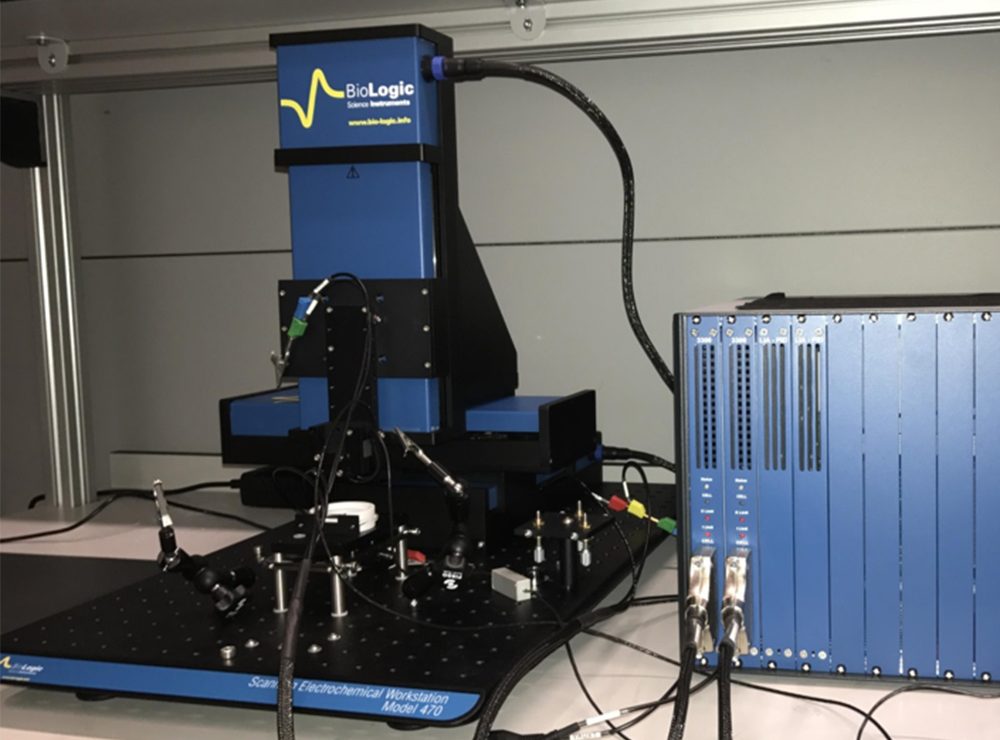This website uses cookies so that we can provide you with the best user experience possible. Cookie information is stored in your browser and performs functions such as recognising you when you return to our website and helping our team to understand which sections of the website you find most interesting and useful.
Rigaku SmartLab Multipurpose X-ray Diffraction System
Thin Film X-ray Diffraction (XRD)
X-rays can be used to probe the repeating array of atoms that make up crystal structures; this is done through X-ray diffraction (XRD).
This technique gives researchers information not only about the geometry and size of these repeating structures, but also the quality, orientation and thickness of the films being probed. Being a non-destructive technique it can be used on the most precious of samples with high level of reproducibility.

Thin-film-XRD
- Partner:The University of Manchester
- Facility:National Graphene Institute (NGI)
Or call us now on 0161 275 8382
Detailed Description
X-ray diffractometers suitable for investigating structures of nm-thin films. The XRD system will allow us to investigate the in-plane and out-of-plane crystalline structures of thin films, laminates and membranes (e.g., graphene or graphene oxide membranes) at various conditions such as different temperatures and different solution or solvent environment etc. The understanding of the membrane structure at various conditions is crucial for the optimisation of membrane design for various applications. For example, the inter-layer structure of graphene oxide membrane changes drastically with exposure to different aqueous solutions and this property allow us to tune the graphene capillaries in the graphene oxide membranes. This XRD machine will be critical for the characterisation and functionalisation of solution processed large area 2DM van der Waals heterostructures and films for various applications such as photovoltaic, sensors etc, which are in the focus of the work at Manchester.
Uses/Applications
When looking at thin films, the relative structure of both thin film and underlying material becomes important, with crystal structures of underlying materials sometimes dictating the geometric qualities of subsequent films. The impact of changing these parameters can manifest itself in many ways, from changes in chemical reactivity to electrical conductivity.
Thin films characterisation can prove problematic when looking at films under 5 nm thick, but the sensitivity of XRD gives the researcher capabilities to do so. XRD can also be used not only for single layer but also multiple layer analysis, observing these parameters for all layers simultaneously.
X-Ray Diffractometer (XRD) (optimised to measure thin films [e.g. 2nm to 10um])
- X-Ray tube power 3kW
- Incident optics (supporting parallel beam, Bragg-Brentano, mono-chromator, range of slits (Inc. Soller), pinhole configuration
- Goniometer, range of scanning modes (ϴ – 2ϴ, rocking curves, Omega 2-Theta, grazing incidence, X-Ray reflectivity
- Stage resolution < 10 mdeg
- Step size accuracy < 0.1 mdeg
- Goniometer range (minimum) (-5 to +85 deg)
- Degrees of freedom to include z, phi, chi (or equivalents)
- Detection optics, (range of slits (Inc. Soller))
- 1D detector with high dynamic range
- 0D detector
- In plane measurement capability
- Holding standard samples up to 50mm diameter
- Automated sample/X-ray alignment
- Z sample movement (> 45mm)
- Controlled Heating stage >1000°C (inert Atmosphere)
- Temperature control stage (-100°C to 350°C) (inert Atmosphere/Vacuum)
- Ability to measure air sensitive samples (>2 hours measurement time)
- Cabinet space to accommodate additional measurement equipment (e.g. 2 x Keithley 2400 sourcemeter or similar)
- Cabinet to provide additional AC power outlets for measurement equipment (DVM) and lead through capabilities (BNC connectors, USB etc.)



